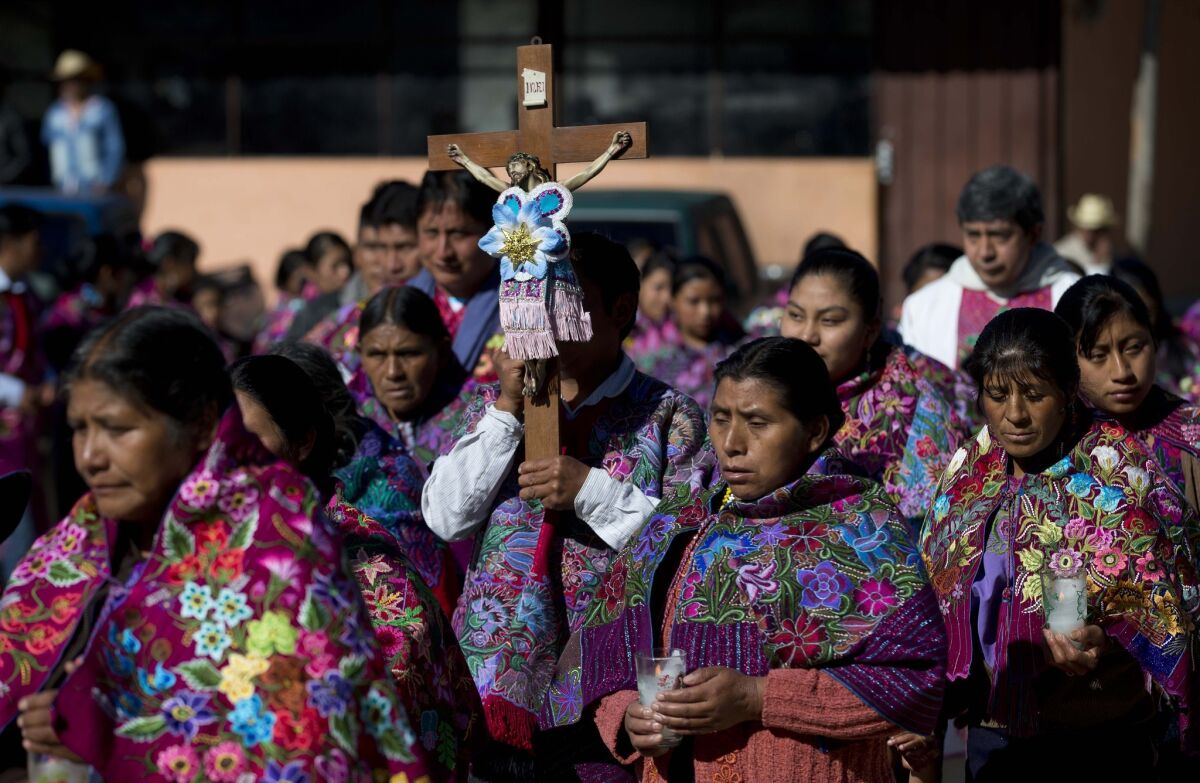(ZENIT News / Mexico City, 11.25.2024).- Amid growing speculation regarding the so-called «Maya Rite,» the Mexican Bishops’ Conference (CEM) issued a statement on November 22 to address misunderstandings about recent adaptations to the Roman Rite’s Order of Mass. Approved by the Dicastery for Divine Worship and the Discipline of the Sacraments, these adjustments are tailored exclusively for certain indigenous communities and do not represent a new liturgical rite.
What Was Approved?
The modifications are specific to the Tseltal, Tsotsil, Chol, Tojolabal, and Zoque communities and are optional. They are designed to respect cultural expressions without altering the fundamental structure of the Roman Missal.
The key adaptations include:
- The Role of the “Principal”
- This individual, recognized within the community, assists the priest by encouraging collective prayer at specific points during Mass.
- The Principal never assumes the priest’s role or leads the Eucharistic celebration.
- Cultural Incensation
- The use of traditional incense, reflecting local customs, is permitted during standard moments outlined in the Roman Missal.
- This role is appointed by the diocesan bishop.
- Assembly Prayer Led by the Principal
- Guided by the Principal and under the priest’s presidency, the congregation may collectively voice personal and communal intentions.
- This practice is limited to one of three specific moments during the Mass:
- After the initial greeting.
- During the Prayer of the Faithful.
- After Communion, during thanksgiving, incorporating rhythmic bodily movements accompanied by traditional music (not a ritual dance).
What Was Not Approved?
The statement explicitly clarifies that these adaptations:
- Do not establish a “Maya Rite” or a separate liturgical tradition.
- Exclude ritual dances, altars reflecting pre-Hispanic symbolism, or practices involving prayers to the cardinal points.
- Maintain the priest as the sole presider of the Eucharist.
A Thoughtful Process of Discernment
The approved changes result from years of careful dialogue and study, starting at the diocesan level, reviewed by the CEM, and finalized with the Vatican’s recognitio. This ensures that the liturgical integrity of the Mass remains intact while incorporating meaningful cultural elements.
Gradual Implementation and Training
As these adaptations are optional, their introduction will occur gradually. Priests and pastoral agents will undergo training to ensure appropriate implementation, preserving both pastoral sensitivity and liturgical norms.
Balancing Tradition and Cultural Expression
The CEM emphasized that these adaptations honor the richness of indigenous cultures without compromising the universal nature of Catholic worship. While respecting local traditions, they aim to deepen the faith of the communities involved, aligning with Pope Francis’s call for greater cultural inclusion in the Church.
Final Note
This statement highlights the Church’s ongoing effort to balance unity and diversity, allowing indigenous communities to celebrate their faith in a way that respects both their heritage and the sacred liturgy. These adaptations reflect a Church that is both deeply rooted in tradition and open to the cultural wealth of its people.
Thank you for reading our content. If you would like to receive ZENIT’s daily e-mail news, you can subscribe for free through this link.



